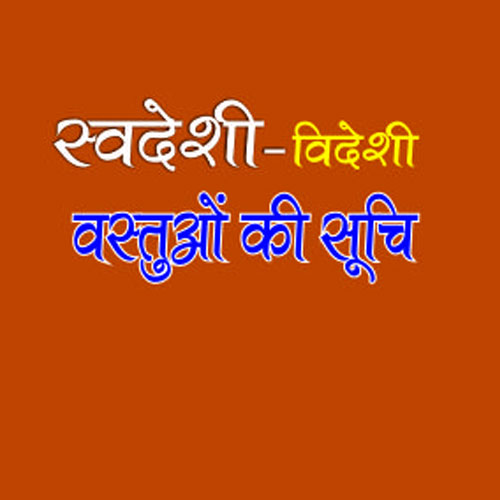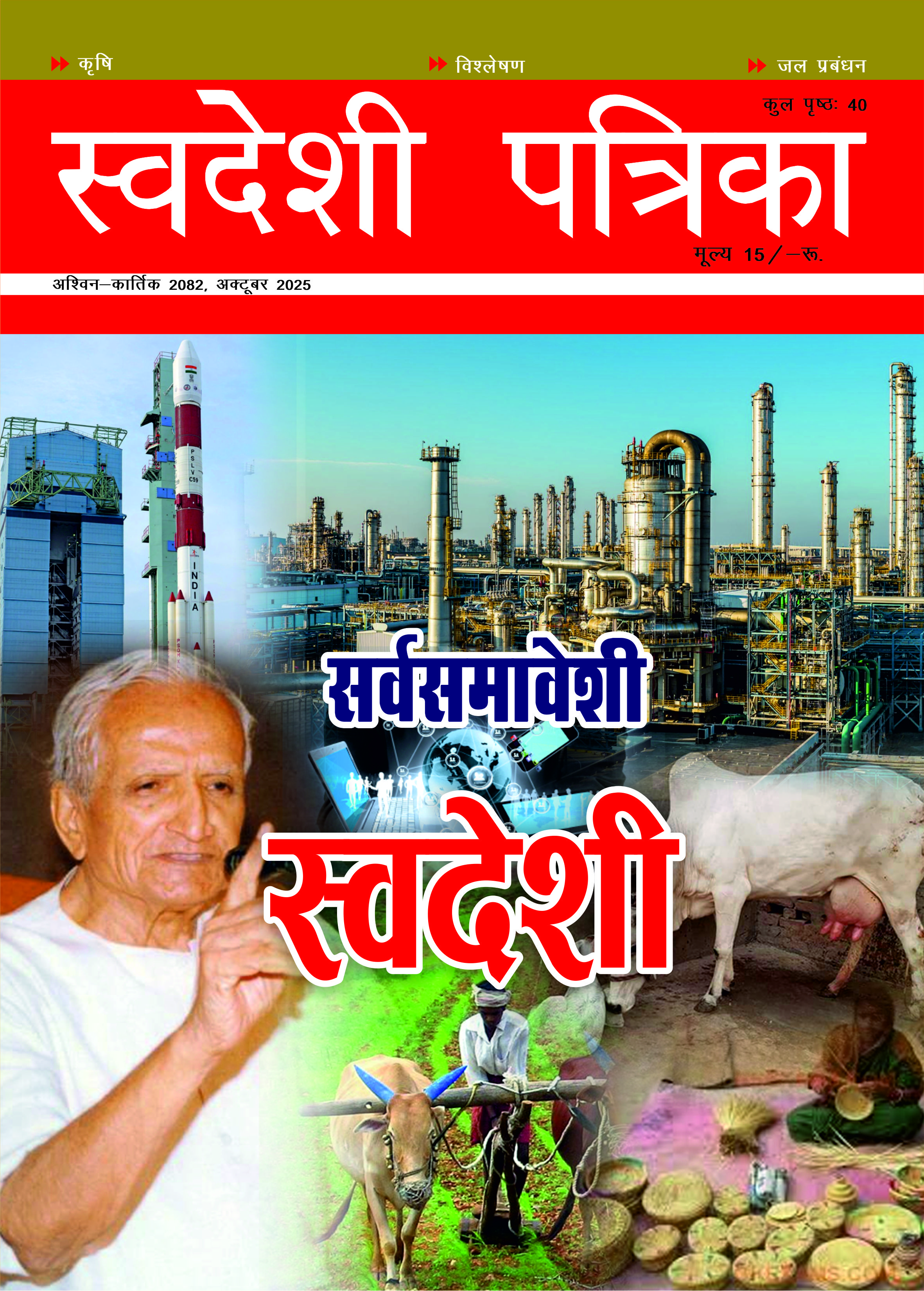
Unlocking the treasure house: Bharatiya Diaspora- Need for Brain Gain
We have world class scientists, Economists, technocrats, Industrialists and experts in almost every field be it software, artificial intelligence and also the innovators who can drive the Indian Economy most efficiently to become a developed nation even before, 2047. — Dr. Dhanpat Ram Agarwal
Bhartiya living abroad has two types: NRIs who have settled down seeking jobs and Persons of Indian (PIOs) origins or overseas citizens of India (OCIs) who are living in almost all the countries around the world for more than two centuries and are mostly engaged in different business. According to latest study of Ministry of external affairs (MEA), there are about 13.6million NRIs and about 18.6 million PIOs or roughly 32.2 million or more than 3 crores and with a presence in 189 countries, the Bhartiya Diaspora produces an annual economic income of about $400 billion, almost 13 percent of India’s GDP (MEA), 31 Oct 2023. Every year around 2.5 million Indians migrate overseas, which is the highest figure recorded in the World Migration Report 2022. There are some Push factors such as lack of opportunities for research work and lower job opportunities, lower wages and there are some Pull factors such as better job opportunities and higher wages and better opportunities for creativity and further research and innovation.
Present Status of the Indian Diaspora:
1. Size and Distribution: The countries with the largest NRI populations tend to be those with strong economies and opportunities for skilled professionals. These include:
- United States: 4.8 million (white collar professions majorly)
- United Arab Emirates: 3.5 million (blue collar professions majorly)
- Malaysia: 2.8 million
- Saudi Arabia: 2.5 million
- United Kingdom: 1.8 million
Pravasi Bharatiya Divas (PBD) is a celebratory day observed (starting in 2003) on 9 January by the Republic of India to mark the contribution of the Overseas Indian community towards the development of India. The day commemorates the return of Mahatma Gandhi from South Africa to Mumbai on 9 January 1915.
PBD significantly impacts India economically through:
- Remittances: It encourages and facilitates significant financial flows, consolidating India’s position as a top remittance-receiving nation globally.
- Foreign Direct Investment (FDI): PBD boosts FDI from NRIs by showcasing investment opportunities and simplifying regulatory processes.
- Knowledge Transfer: It facilitates the exchange of skills, technology, and best practices from NRIs to Indian institutions and businesses, enhancing developmental efforts.
Today when we are planning for Vikasit Bharat@2047, a question triggers in our mind about our rich Human Resource and the brain drain which have been happening in an unrestricted manners for years together and we are unable to take advantage of our own research and creativity. Should we not look for Brain Gain and restrain the Brain drain and particularly so when the scientific research, technology and innovation are the basic tenets of the economic growth in the present era of knowledge. Human Resource and intellectual resource contribute 64 percent of the economic resources as against 16 percent of the capital resource and 20 percent of the natural resources. In USA and in Europe, the contribution of intellectual property in the form of royalty from Patented technology, copy rights, industrial designs and trade mark is more than 33 percent in their GDP or the national income. These countries also spend more than 2 percent of their GDP in advanced research in the field of Automobiles, electronics, artificial intelligence, pharmaceuticals and several other technologies.
Our own NRI and PIOs or the Bhartiya Diaspora has lots of potentiality for economic contribution. At present the annual remittances in precious foreign exchange itself is US$125 Billion in 2023 which is highest in the world and has been increasing constantly. It was 68.9 billion in 2015; 83.2 billion in 2020 and $110 billion in 2022. However apart from the monetary contribution there is tremendous potential value for their brain power which is contributing to the growth of the host countries where they are living now and many of them are acting as leaders and CEOs of mega sized MNCs. Some illustrations are given below:
Significant Contribution of Indian Diaspora on the Global Platter
Economics: Figures like Jagdish Bhagwati, Raghuram Rajan, and Abhijit Banerjee have shaped international trade theory, monetary policy, and poverty alleviation, respectively.
Business & Entrepreneurship: Leaders such as Satya Nadella (Microsoft), Sundar Pichai (Google), and venture capitalists like Vinod Khosla have driven innovation and global expansion, while entrepreneurs like Lakshmi Mittal and Sridhar Vembu have built multinational corporations and supported Indian startups.
Science & Technology: Nobel laureates like Venkatraman Ramakrishnan (chemistry) and pioneers in fields like biomedical engineering (Manu Prakash), sound technology (Amar Bose), and wireless communication (Arogyaswami J. Paulraj) have significantly advanced their respective fields.
Sridhar Vembu’s return to India and co-founding of Zoho exemplifies “brain gain” as he leverages his international experience to establish a successful global software company in Chennai. His initiative includes expanding operations to rural India, promoting employment and fostering technological expertise. Through Zoho University, Vembu nurtures local talent, contributing to India’s development by creating opportunities and empowering the next generation of skilled professionals.
Vinod Khosla’s investment in Indian startups through Khosla Ventures also showcases “brain gain” by leveraging his expertise in Silicon Valley to foster innovation in India. His focus on clean energy and artificial intelligence sectors aims to advance technological development and sustainable growth within the country. This initiative not only supports local entrepreneurship but also enhances India’s position in global innovation and economic leadership.
Overall, these individuals exemplify how the Indian diaspora has played a pivotal role in shaping global economics, business innovation, and technological advancement.
Apart from the ongoing talent outflow and brain drain, another emerging challenge is the migration of our entrepreneurs to other countries. The Henley Private Wealth Migration Report 2024 highlights a concerning trend for India, with a projected net loss of 4,300 millionaires this year. Despite a slight decrease from the previous year’s figure of 5,100 departures, India continues to be a significant source of high-net-worth individual (HNWI) outflows globally. This migration trend is driven by factors such as geopolitical tensions, economic uncertainties, and social instability, posing challenges alongside the ongoing issue of talent outflow and brain drain from the country.
Conclusion
Therefore, to conclude it may be said that Bhartiya Diaspora is the hidden wealth which needs to be unlocked. We have world class scientists, Economists, technocrats, Industrialists and experts in almost every field be it software, artificial intelligence and also the innovators who can drive the Indian Economy most efficiently to become a developed nation even before, 2047. What we need is a proper focused policy framework just the way China did in early 1980s for unleashing the financial and technical strength of the ethnic Chinese. We need more Investment than deposits by our NRIs who should come with their technology and entrepreneurship dynamics. Government of India should spread a red carpet and remove all red tapes and provide a transparent and stable policy framework. This will have two way impact, firstly getting FDIs from our own citizens which will enable make in India by Indians and secondly stop the flight of HNI millionaires from our country to the other countries. Brain drain will stop and Brain Gain will start pouring in. There will be inbound investment and stop or restrain outbound investment.
The Author is Director, Swadeshi Research Institute & National Co-Convenor, Swadeshi Jagaran Manch.


